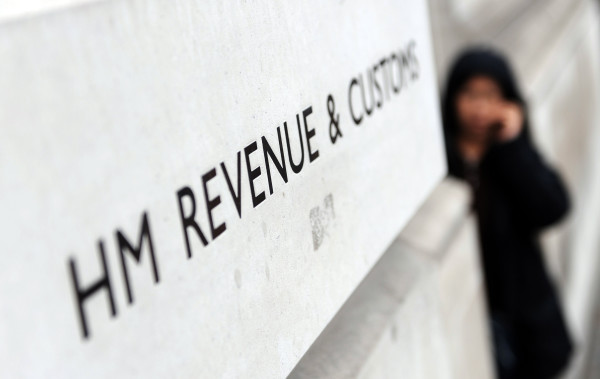Next, it will be necessary to establish whether a reasonable excuse exists that might be used to avoid or mitigate penalties to the greatest possible degree. The potential in this regard is more limited than ever, with reliance on certain advisers being specifically excluded by the legislation.
That said, voluntary, unprompted disclosure of tax liabilities remains ethically, professionally and indeed financially the best option. The positive gains from taking such a proactive approach will include:
• Maximising penalty mitigation;
• Minimising professional costs, which will be significantly higher for prompted disclosures;
• Avoiding being publicly ‘named and shamed’ or included in the Managing Serious Defaulters programme;
• Preventing HMRC from making third-party enquiries, including exchanges with overseas tax authorities and/or regulatory bodies; and
• Securing immunity from prosecution, where appropriate.
Coming forward voluntarily with the assistance of a suitably qualified specialist will enable the client and the adviser to seize and maintain control of the nature and direction of any enquiry.
It is suggested that HMRC should filter taxpayers by adopting a layered approach to investigate the CRS information.
Any account balances or portfolios with a value of, say, £100,000 or less should receive letters effectively asking individuals to self-assess their compliance status, although the wording on any certificate, which should not be for an open-ended period, will need to be significantly overhauled.
Failure to sign an updated certificate, which the tax profession accepts is reasonable, would result in an enquiry being opened. A small percentage of the returned certificates would also need to be sample checked to test for any ‘chancers’ wishing to gamble on signing the form without appropriate due diligence.
Taxpayers with an account balance of, say, £100,000 to £1m should be automatically risk-assessed and investigated where certain criteria are met, such as the source of capital in a bank account not being clear.
Account holders with balances in excess of £1m might be more closely considered before deciding how to proceed on a bespoke basis in each case, perhaps investigated under HMRC’s Codes of Practice 8 or 9; the latter being where fraud is suspected; the former (usually) being for all other cases where fraud is not suspected.
The success or otherwise of HMRC getting to grips with the vast amount of overseas financial information that is now available to it, and working in both a cost-effective and productive manner, will ultimately determine whether there is a pot of gold at the end of the rainbow, or merely a sea of administration and paperwork.
There is potential for this to be either under-resourced or conducted in an ineffective manner, so this will require clear and focused thought leadership from the decision makers within HMRC.











